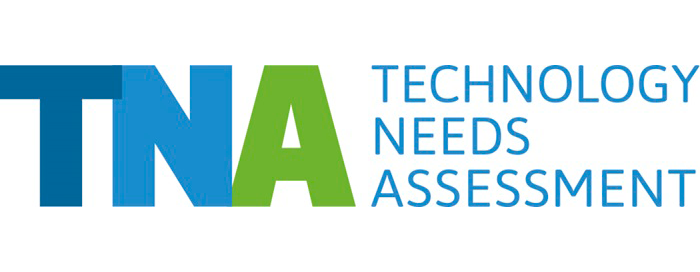Guyana completed its TNA in 2017. The TNA identified reforestation as a priority measure for Guyana’s mitigation efforts. It is estimated that reforestation in Guyana can contribute a reduction of up to 48,700,000 tCO2e to the global mitigation targets.
Guyana’s main economic activities – agriculture, mining, fisheries and timber – are highly susceptible to the adverse impacts of climate change, making it imperative for Guyana to develop policies and actions plans to address climate risks.
In response, the Government of Guyana has charted a path towards a climate-resilient economy through its ‘green economy’ plan, which promotes the adoption of clean energy sources and the sustainable utilization of natural resources.
The implementation of priority technologies highlighted in the TNA offers significant benefits. However, several barriers inhibit the successful transfer and adoption of the prioritized technologies.
Among these are the high capital costs, a lack of appropriate policies, and weak technical capacities. To address these challenges, Guyana has developed Technology Action Plans for each of the prioritized technologies to overcome these barriers. The actions will focus on creating enabling environments through investments in the creation of new policies, capacity-building, research and education programmes, as well as awareness-raising.
Guyana’s national expert working groups under the TNA identified the lack of a robust policy framework for technology transfer, diffusion and uptake promotion in the energy sector as the key barrier.
The working group identified an urgency to develop the institutional and technical capacities of key institutions responsible for deploying, regulating and managing the technology applications.
On this basis, the TNA recommended to integrate elements of the Public Awareness and Education Programme into Guyana’s Human Resources Development Plan to allow for continuous or sustained education and development at the tertiary level.
Guyana’s TNA contributes to the following Sustainable Development Goals:






